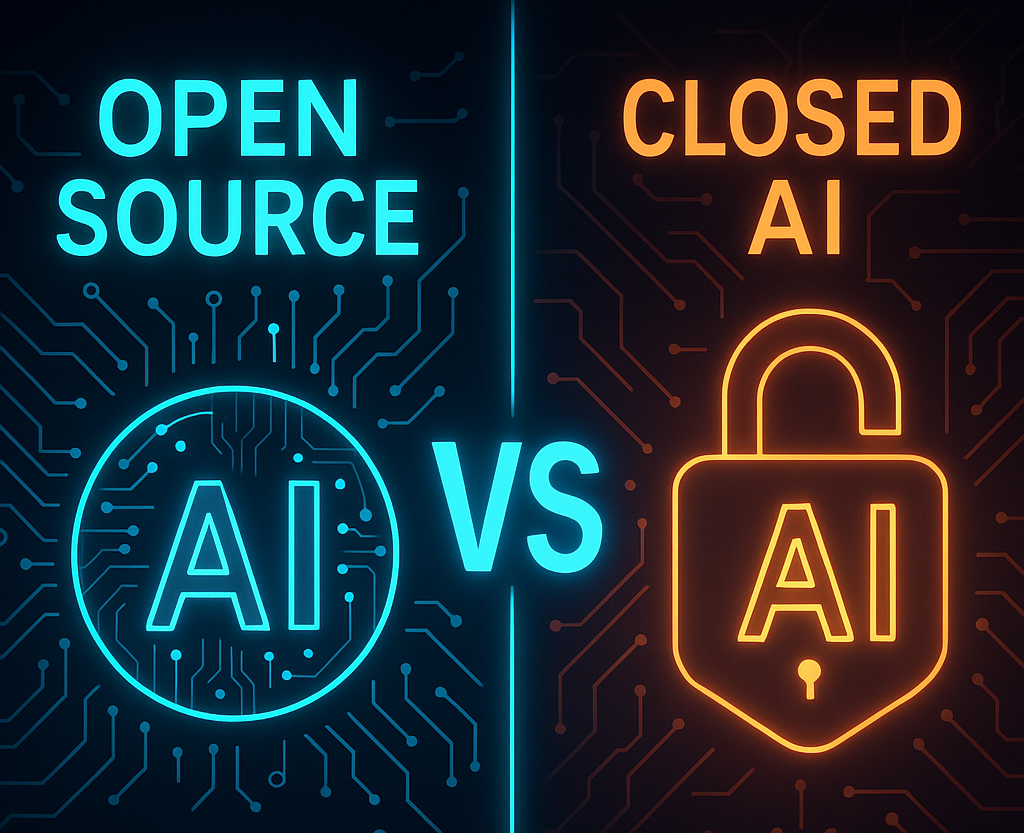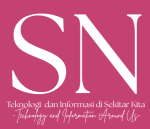
The debate over open source vs. closed artificial intelligence models is heating up in 2025. As AI capabilities grow more powerful and widespread, companies, researchers, and policymakers are forced to confront a critical question: Which approach is better for humanity—open or closed?
In this article, we’ll break down the key differences, explore the pros and cons of each model, and evaluate their impact on innovation, ethics, and global development.
What Is Open Source AI?
Open source AI refers to machine learning models, tools, or algorithms that are freely available for anyone to inspect, modify, and reuse. Examples include:
- Meta’s Llama 2 and Llama 3
- Stability AI’s Stable Diffusion
- EleutherAI’s GPT-J
- Hugging Face’s model repositories
These projects provide public access to the model weights, training data (if available), and code, allowing developers, researchers, and startups to build upon them.
What Is Closed Source AI?
Closed AI models are proprietary systems developed by companies like OpenAI, Google DeepMind, or Anthropic. These models:
- Do not share their training data or full codebase
- Restrict commercial or research use
- Offer access via API (for a fee)
Popular examples include ChatGPT-4, Claude 3, and Gemini.
Advantages of Open Source AI
Open source advocates believe sharing is the key to progress. Here’s why:
- Faster Innovation: Open source tools empower researchers globally to contribute improvements.
- Transparency: Anyone can inspect models for bias, safety, and ethical concerns.
- Accessibility: Smaller companies and developers can build products without needing billions in funding.
- Democratization: AI knowledge isn’t hoarded by a handful of tech giants.
Open source models also help drive global education and allow developing nations to experiment with powerful tools.
Advantages of Closed AI Models
Proponents of closed AI argue that keeping models private provides:
- Safety & Control: Limiting access prevents misuse by malicious actors.
- Performance Guarantees: Companies can fine-tune for consistent results.
- Economic Return: Protecting IP encourages billion-dollar investments.
- Alignment & Guardrails: Closed models are more tightly monitored for harmful outputs.
Especially with powerful AGI-level models, maintaining control could prevent unintended consequences.
Which Model Benefits the World Most?
There’s no one-size-fits-all answer. The best approach may be a hybrid:
- Open models for research, education, and low-risk applications
- Closed models for high-risk or mission-critical systems
This hybrid vision allows both collaboration and control, keeping innovation fast but not reckless.
Recent Trends (as of 2025)
- Meta is re-evaluating its open source commitment amid rising pressure to commercialize.
- OpenAI and Anthropic have doubled down on closed models.
- Governments like the EU are pushing for auditable and transparent AI, even for closed systems.
- China is releasing state-sponsored open models to challenge U.S. dominance.
Ethical Considerations
- Should powerful tools like LLMs be freely available?
- Who decides what is safe?
- Do closed models stifle innovation?
- Does open AI increase risks of deepfakes or misinformation?
These questions remain unresolved, but they shape public policy and corporate responsibility debates globally.
Conclusion
Both open and closed AI models offer unique benefits and risks. Open source promotes inclusion, innovation, and transparency. Closed models offer control, safety, and economic sustainability.
As the AI race accelerates, striking a balance between openness and responsibility may define the future of technology. The path forward must include collaboration between developers, regulators, and the public.
Related Reads:
